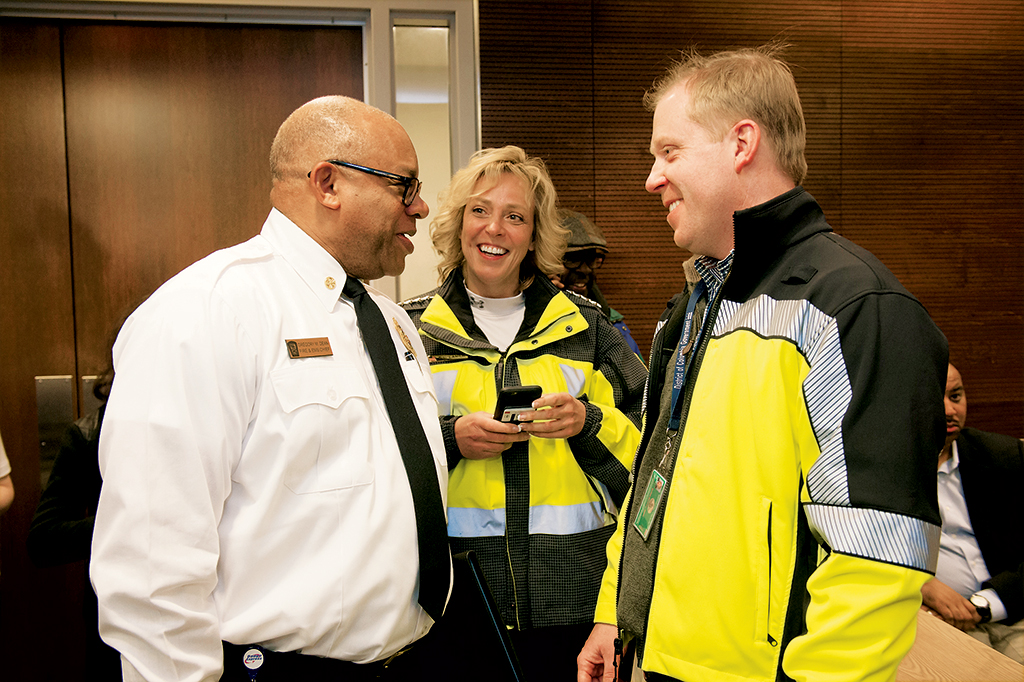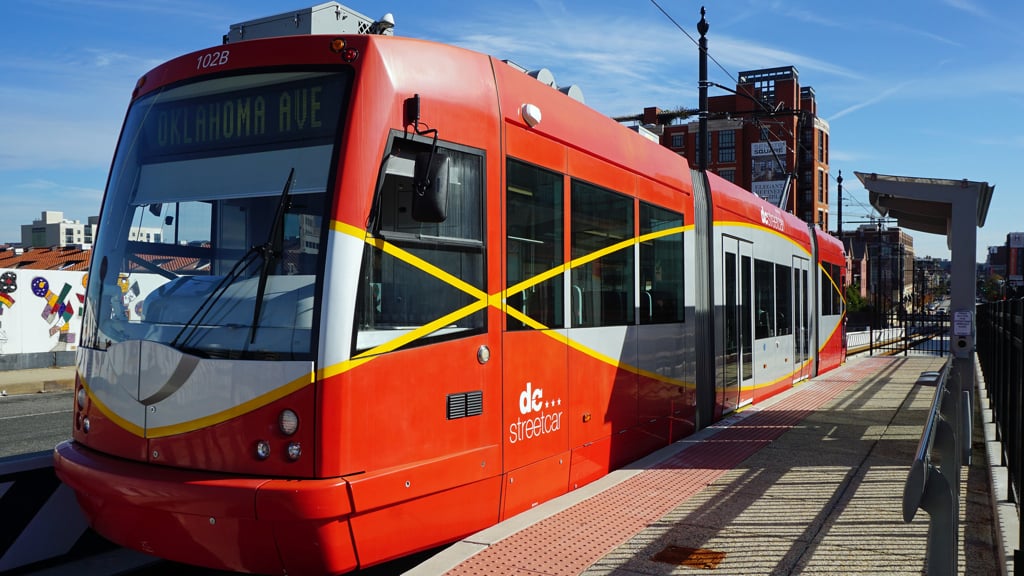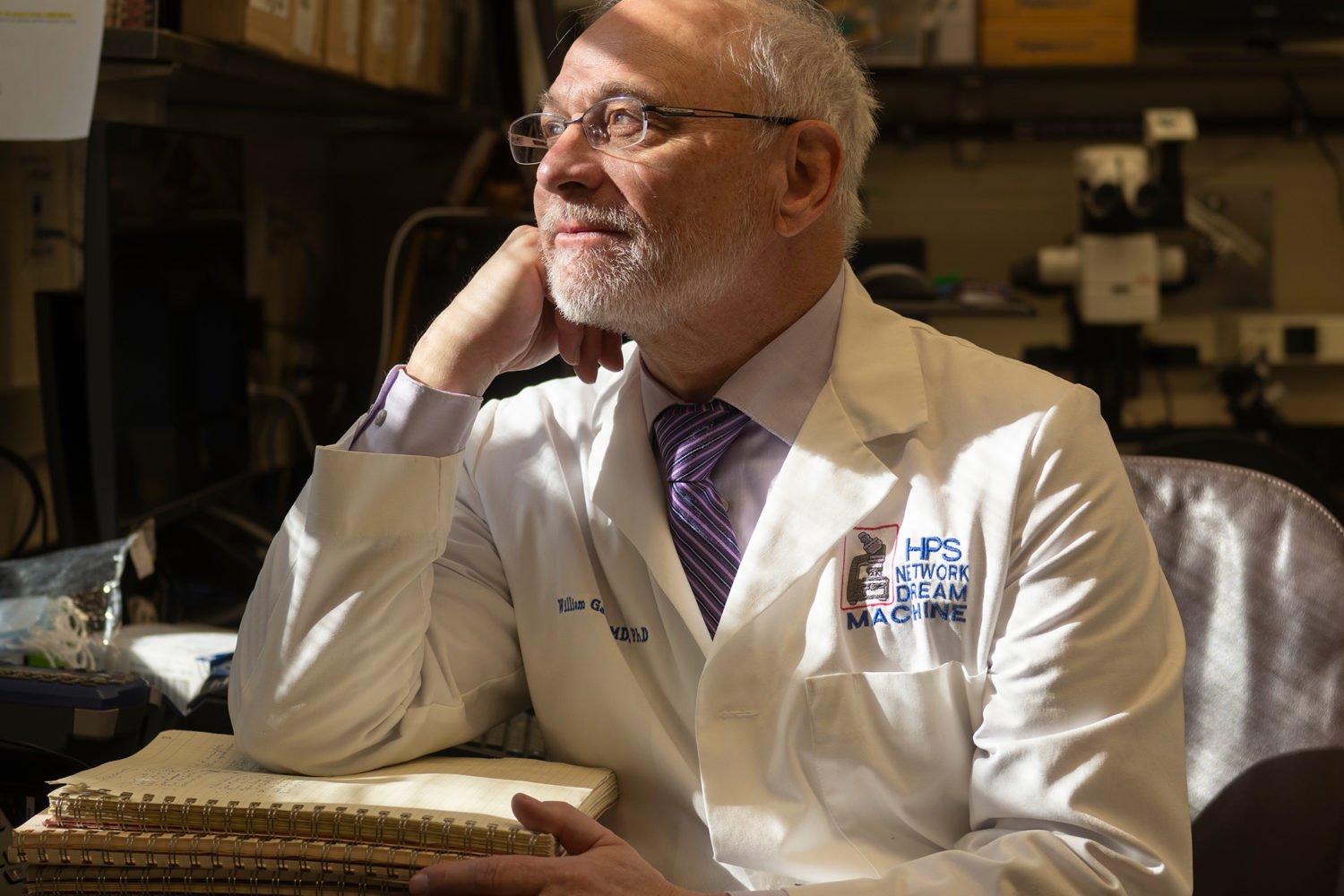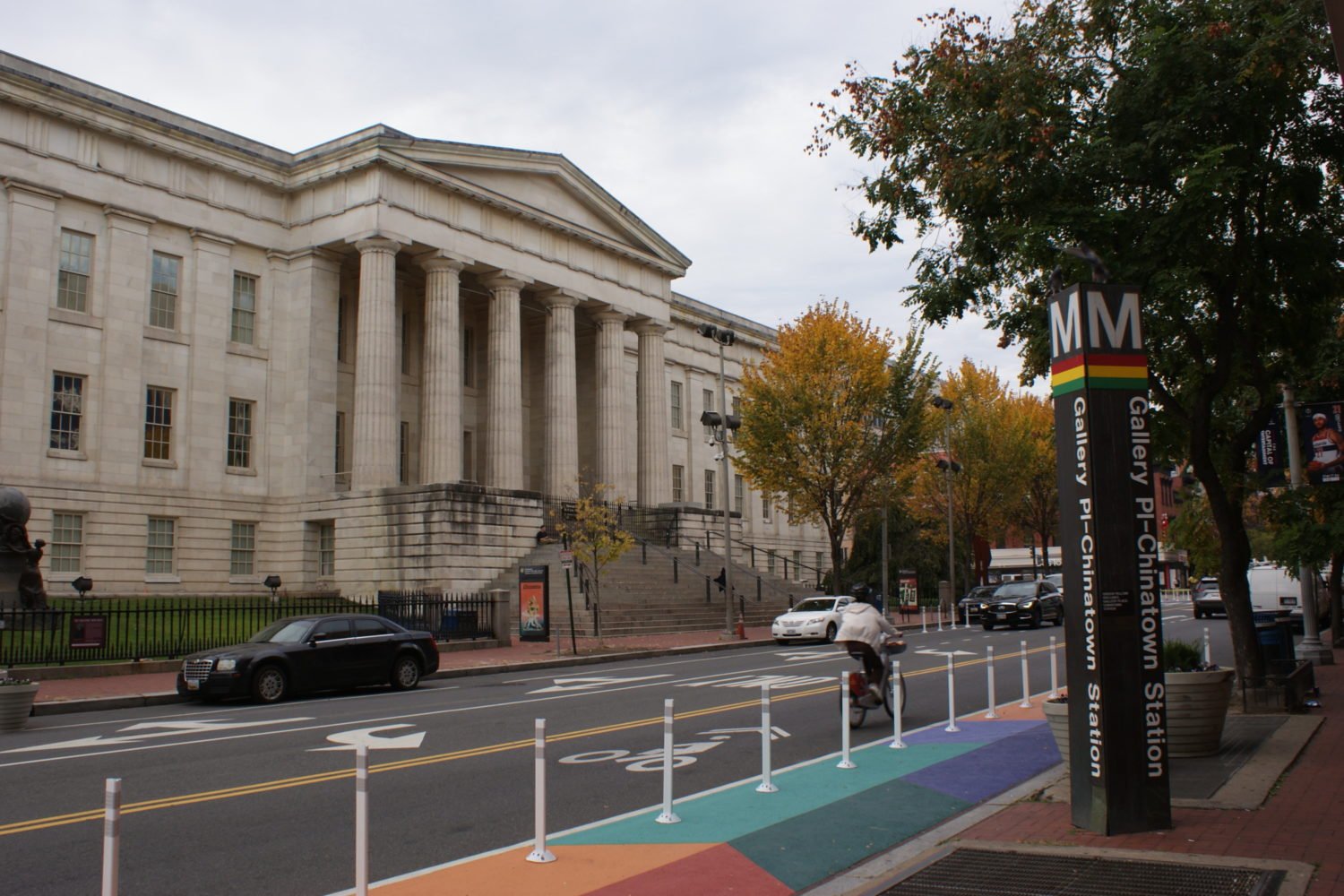Leif Dormsjo knows what it’s like to be waylaid by Metro. Hired a year ago as DC’s director of transportation, Dormsjo was given a few big targets to hit: Get the much-delayed H Street streetcar running and launch a pedestrian safety initiative called Vision Zero. Almost immediately, a series of hellish disasters hit Washington’s leaderless, crumbling rail system. Dormsjo—who serves on Metro’s board—estimates that he spent a quarter of his first year pushing for changes, at one point telling his fellow board members, in a testy exchange reported in January by the Washington Post, that their reputations were “in tatters.”
That outspoken reformer isn’t the pale policy geek DC mayor Muriel Bowser’s transition team poached from Maryland governor Martin O’Malley’s administration in 2014. Raised by a family of lawyers in northern Ohio, Dormsjo played lacrosse at Phillips Andover and Wesleyan University and came to Maryland in 1998 to coach and teach history at private St. Paul’s School outside Baltimore.

But Dormsjo, who had interned with New Jersey senator Bill Bradley as a teenager, harbored an interest in public service. In 2001, lured by O’Malley’s technocratic approach, he went to work on the then thirtysomething Baltimore mayor’s CitiStat program, turning tabulated crime reports, citizen complaints, and employee shifts into analyzable data. After getting a public-policy degree from Harvard, he moved into Baltimore’s department of transportation and rose to deputy transportation secretary under Governor O’Malley in 2012.
Like most city administrators in the information age, Dormsjo, now 40, sees data collection as the key to executing any civic program, from the tedious permanent campaign of stabilizing the District’s infrastructure—the American Society of Civil Engineers recently gave DC’s roads a D-plus—to the ambitious leap forward of Vision Zero. Modeled on New York’s similar effort, it aims to eliminate traffic deaths altogether by 2024. As a first step, Dormsjo is working to get the Metropolitan Police Department to include more specifics in crash reports, especially when pedestrians or cyclists are involved.
But he complements his number-crunching with serious heavy lifting. In Annapolis, Dormsjo developed a reputation as a demanding but involved manager on projects such as upgrading the Seagirt Marine Terminal so it could accommodate ships coming through the widened Panama Canal; pushing through the state’s first gas-tax hike in 20 years; and laying the groundwork for Washington’s Purple Line. “He’s hands-on,” says former Maryland transportation secretary Jim Smith. “But that doesn’t mean he micromanages things.”
Dormsjo’s résumé lends some hope that, as the seventh DC transportation boss to inherit the idea of a streetcar, he’ll be the one to successfully launch service along a two-mile stretch of H Street and Benning Road, Northeast. After 14 years, $200 million, and countless unfulfilled deadlines, making the streetcar a reality could do much to restore faith in the city’s ability to deliver.
And faith, Dormsjo acknowledges, is often as good as hard data: When it comes to transit, people “want it to be safe and reliable. But a big part of that is confidence.”
This article appears in the March 2016 issue of Washingtonian.



















